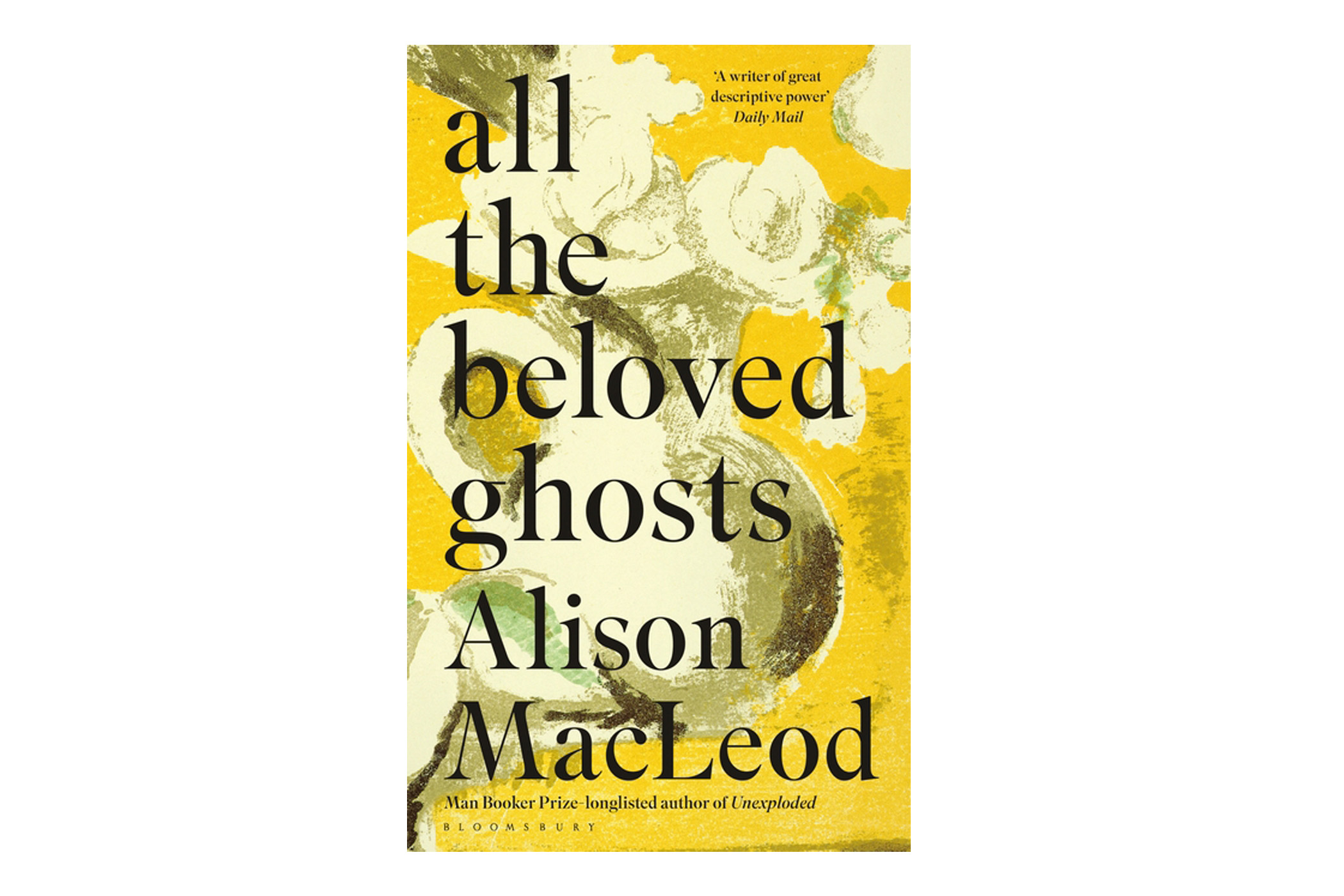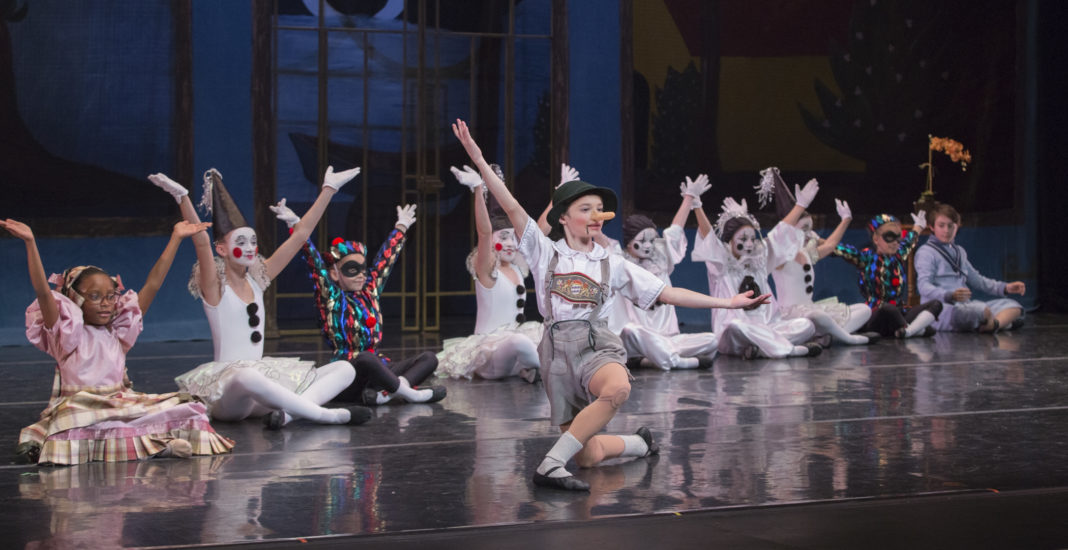Alison MacLeod’s All the Beloved Ghosts is a collection of short stories that blur the lines we traditionally expect from fiction, biography, and memoir. It is a journey spanning continents, royalty, celebrities, and everyday people over the course of a century.
The stories weave the voices of famous characters—Oscar Wilde, Angelica Garnett, Anton Chekhov—with relatives of MacLeod and other ordinary, contemporary people whose lives have been impacted by significant events. In the background of “Solo, A Cappella,” the 2011 London riots reach their peak. In “Dreaming Diana: Twelve Frames,” readers travel from Nova Scotia to France to the Brighton pier, following the author and Princess Diana at different points of their lives and the moments when they intersected.
I have been thinking a lot lately about how stories get braided together. The Tin House fiction workshop at Portland State, led by author Christine Schutt, has spent a lot of time this term talking about how stories can be braided: what makes different threads of a story work with each other, and how certain elements can sometimes feel like they’re effectively woven together, and other times don’t.
The braiding effect of All the Beloved Ghosts is one of the beauties of this collection from story to story. Each piece deftly ties together moments of human connection, of isolation, of our ties to the past and the infinite possibilities of choices we haven’t made. Each story is similarly tied to the next.
They don’t always connect in voice or style, but in smaller ways—in images and references. The flowers that appear on Sylvia Plath’s grave in “Sylvia wears Pink in the Underworld” make a reappearance on the London Underground in “There are Precious Things.” In the title story, Angelica Garnett’s history as a talented musician echoes the classical music played during the heart surgery in “The Heart of Denis Noble.”
These are not stories to be ingested all at once, as they hold conversations with weighty themes—death, war, love, and the power of memories. They all capture moments of something that feels real. They deserve to be read slowly, each word given its own breathing room.
The contradiction, though, is that by reading the collection at a slower pace, it might be easier to lose the lovely details that connect the stories. So on one hand each piece stands as a wonderfully crafted work on its own, while on the other it is harder to tie them all together when read at the pace they deserve. It would be interesting on second reading to experience these stories in a different order.
Perhaps the most enjoyable aspect of All the Beloved Ghosts is how unique each story is. Each voice and character stands on its own, every one as different as the next. The stories are equal parts unexpected and familiar. The voices are so well-defined and grapple with such recognizable themes that each one almost feels unanticipated.






